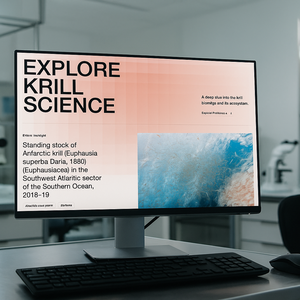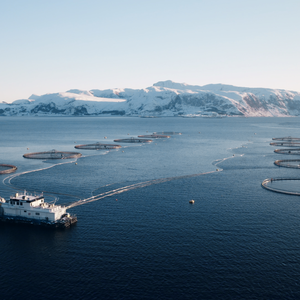Soybean meal is the most widely used plant ingredient in the aquafeed industry. However, it has some limitation, including its deficient levels of methionine and lysine, and the presence of anti-nutritional factors such as trypsin inhibitors, hemagglutinin, phytic acid, saponin, phytoestrogens and others.
In Asia, the quality of soybean meal is traditionally improved through bioprocessing by using microorganisms, including Lactobacillus spp., Bacillus spp., Aspergillus spp. and others. Bioprocessed soybean meal has decreased anti-nutritional factors and protein molecular weight, and increased levels of organic acids and small peptides.
A previous studyshowed that bioprocessed (hydrolyzed) soybean meal protein can be used as an alternative protein source in grouper and barramundi diets. Hydrolyzed soy protein can replace 30 percent of fishmeal in grouper diets without any negative effects on fish growth, and groupers fed diets with fishmeal replaced by hydrolyzed soy protein at 20 to 40 percent showed higher immune responses than fish fed diets with other fishmeal inclusion levels. Similar results were found for barramundi, with fish fed a diet with 20 to 30 percent replacement of fishmeal by hydrolyzed soy protein showed higher immune responses than fish fed diets with other fishmeal inclusion levels.
Presented here are results of two studies to evaluate the use of hydrolyzed soy protein substituting fishmeal in diets for Pacific white shrimp. In the first experiment, the digestibility of hydrolyzed soy protein compared with fishmeal and soybean meal were determined. In the second experiment, we measured the effects of replacement levels of fishmeal by hydrolyzed soy protein on shrimp growth and immune responses.
Source: Global Aquaculture Advocate // Read Article










